New wild coffee varieties found in Africa Arabica coffee varieties are expected to improve their high temperature resistance.
Professional coffee knowledge exchange More coffee bean information Please pay attention to coffee workshop (Weixin Official Accounts cafe_style)
A recent study by the Potsdam Institute for Climate Impact Research suggests that climate change will have an impact on the yield and quality of Ethiopian specialty coffee beans. In order to ensure that the global coffee supply chain can adapt to climate change speed, coffee planting researchers are constantly looking for unknown coffee varieties for research and analysis, breeding and hybridization, etc., hoping that coffee varieties can adapt to climate change through their own, but also produce high-quality coffee fruit.
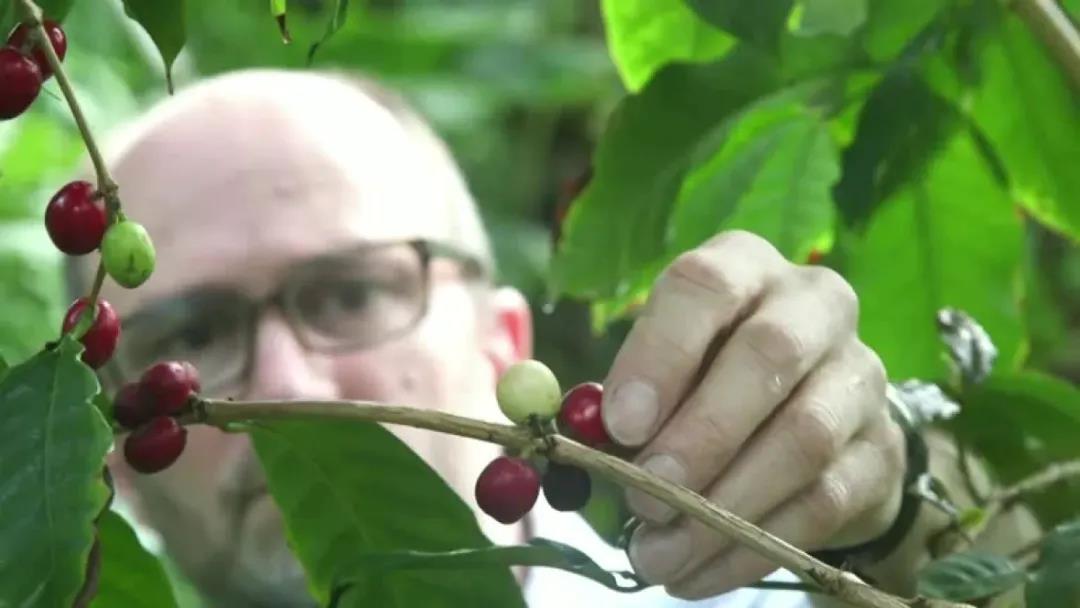
On April 19, Aaron Davids, an expert at the Royal Botanic Gardens, published a research report entitled "Arabica-like flavor in a heat-tolerant wild coffee species" in the international top academic journal Nature Plants.

Researchers found a little-known wild coffee variety in the rainforest of Sierra Leone, Africa, whose leaves are narrower than those of Arabica, so the researchers named the wild variety Coffea stenophylla. Studies have found that narrow-leaf coffee is more resistant to high temperatures and heavy rainfall, and its flavor is similar to high-quality Arabica coffee beans. The discovery of wild varieties could lead to coffee tree varieties that can adapt to climate change and produce high quality coffee beans.
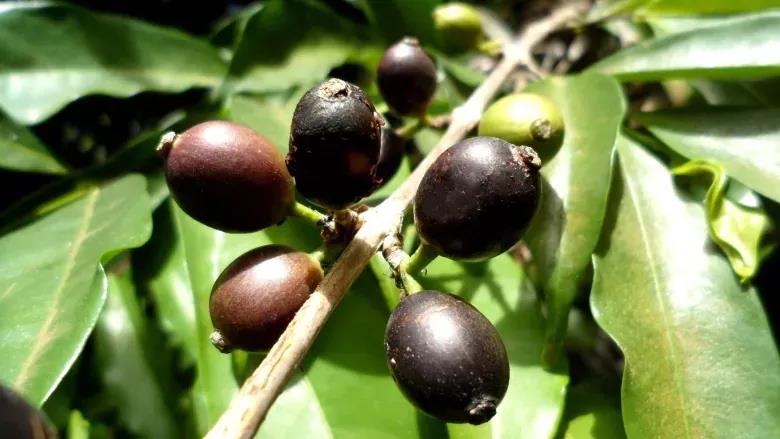
Aaron Davids said in his research report that this wild coffee variety is endemic to Guinea, Sierra Leone and Ivory Coast. It was exported to Europe before the 20th century. Many historical documents show that narrow leaf coffee has excellent aroma. Until the emergence of the Robusta variety in the early 20th century, narrow leaf coffee began to be forgotten, and no sensory information was published about narrow leaf coffee, which was thought to have disappeared in Guinea and Sierra Leone until it was rediscovered in Sierra Leone in 2019.
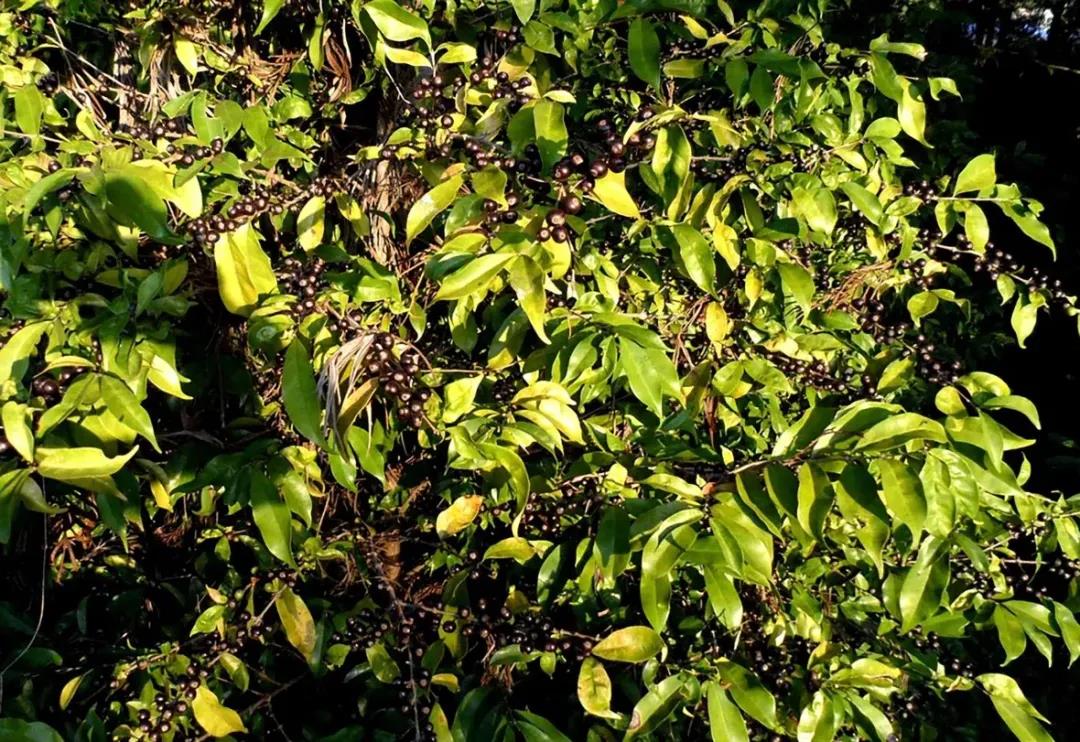
After narrow leaf coffee was rediscovered in Sierra Leone in 2019, researchers began breeding narrow leaf coffee varieties in Reunion's Mascarene Islands (native to Ivory Island) in 2020. After obtaining the narrow leaf coffee bean samples, standard sensory evaluation was performed against two Arabica coffee samples and a Robusta coffee sample, and narrow leaf coffee was found to have similar flavor profiles to high quality Arabica coffee.
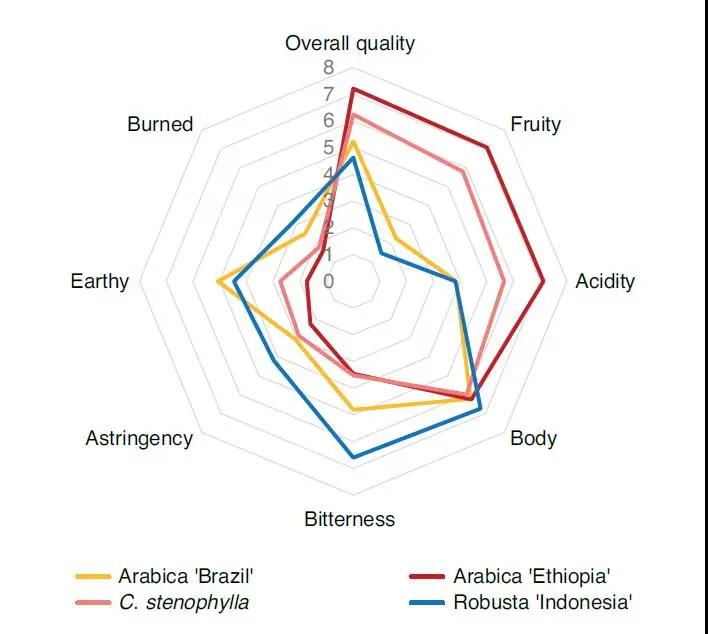
In addition to sensory comparisons, Aaron Davids led the team in simulating the climate adaptation of narrow-leaf coffee varieties. Narrow leaf coffee varieties were found to be able to grow under high temperature conditions/higher than Robusta varieties could tolerate, with an average temperature of 24.9 ° C, at least 6 ° C higher than that of Arabica varieties. The report suggests that Arabica coffee varieties may be better able to adapt to climate change.
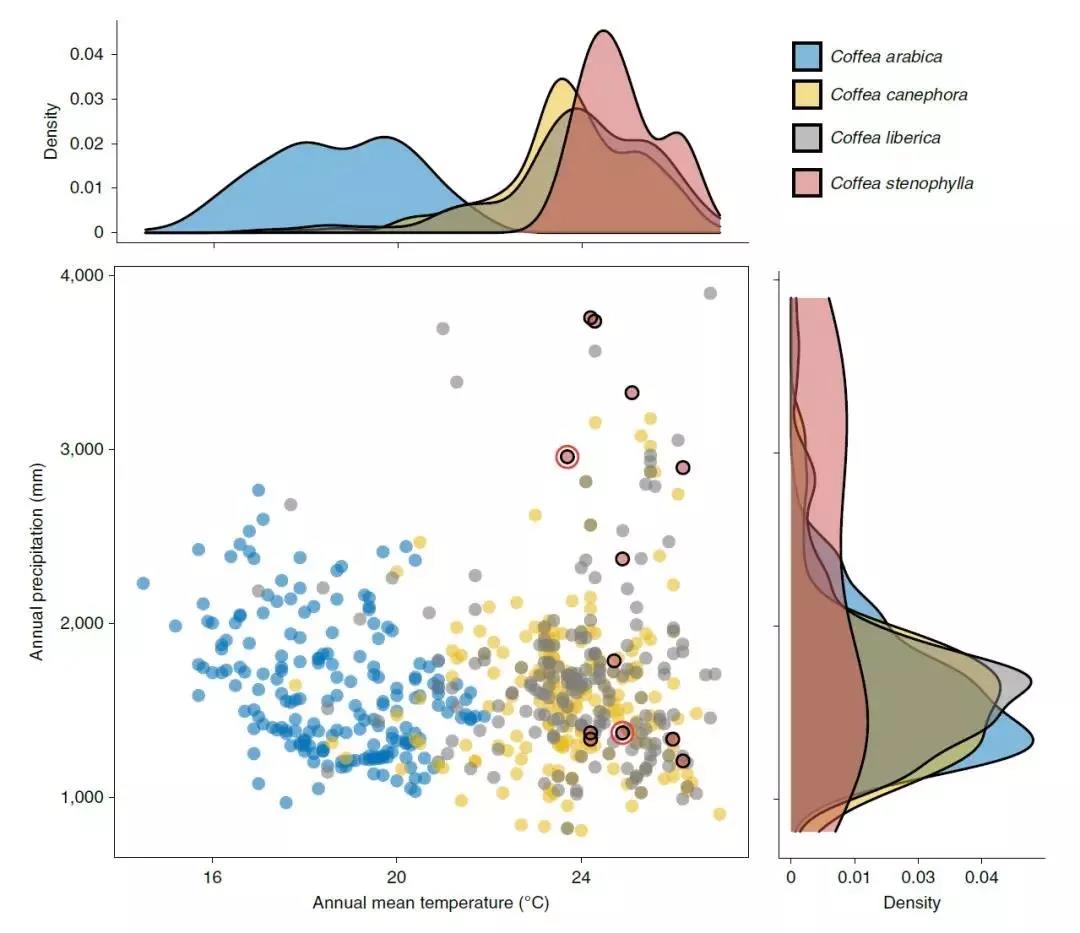
More fine coffee beans, please add private WeChat Qianjie Coffee, WeChat: kaixinguoguo0925
Important Notice :
前街咖啡 FrontStreet Coffee has moved to new addredd:
FrontStreet Coffee Address: 315,Donghua East Road,GuangZhou
Tel:020 38364473
- Prev

What country is the brand of Blue bottle Coffee? Blue bottle Coffee Store Design style Coffee quality
As one of the well-known cafes in the coffee circle, Blue Bottle is regarded as a textbook-level existence in the field of boutique coffee. Blue bottle Kyoto store Blue bottle as the coffee brand representative of the third coffee wave, from coffee roasting, coffee production to store design and brand culture have deeply influenced a generation of boutique coffee practitioners. Blue Bot
- Next

How did the total number of McCafe shops quickly expand to 1600? How is the new product of McCoffee?
On April 21st, McDonald's handmade coffee brand McCaf unveiled a blockbuster new wake-up fragrance series. As an important new product of McCoffee, the most important feature of McCoffee is that it adjusts the concentration of the extract, so it is more refreshing. It is understood that this series of new products will be added to McCoffee's long-term menu, including: wake up American style, wake up latte, wake up.
Related
- A complete list of coffee bean names and their meanings! What is Yejia Shefi coffee? Where is Mantelin coffee?
- What grade does Arida Manor Kaduai coffee beans belong to? What treatment is Arida ASD slow anaerobic sun exposure?
- The milk tea cup becomes smaller?! Overlord Tea Girl launches a new "Return to Yunnan" series
- Accused of selling counterfeit and high-priced coffee beans! Well-known boutique coffee brand "Oukelao" bowed and apologized!
- How to make espresso dumplings? Can I eat coffee and glutinous rice balls together?
- Save the unformed and stagnant powder cakes in one second! What is the problem with stagnant water in the powder bowl of the espresso machine?
- What does hand-brewed coffee stop mean? Why is it not recommended to make coffee by hand?
- Is it normal to smell like coffee? Why does coffee smell like alcohol? What's wrong with the strong smell of cold extract ice dripping ice brewed coffee?
- How to solve the problem that hand-brewed coffee extraction takes too long? Why is the water flowing so slowly when making coffee?
- The main points of making Australian white coffee, the proportion details, how does Australian white properly foam and blend the flowers?

